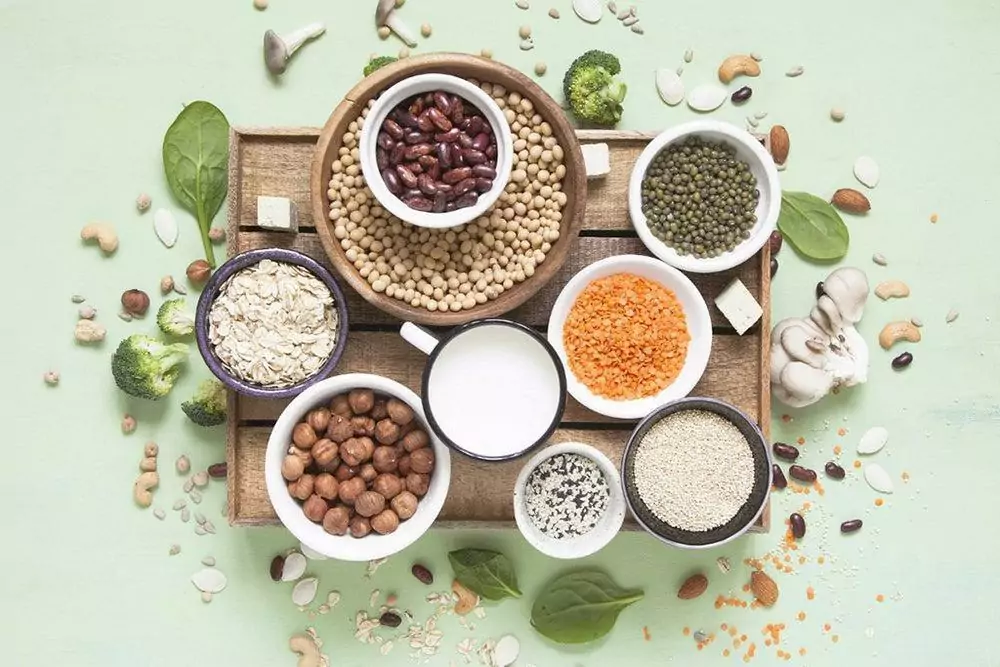
- Soy-Based Proteins
- Examples: Tofu, tempeh, edamame, soy milk, soy protein isolate.
- Benefits: Soy is a complete protein, providing all nine vidalistatablets essential amino acids. It's rich in isoflavones, which may reduce cancer risk, and is recognized by the USDA as nutritionally comparable to dairy milk .
- Pea Protein
- Examples: Pea protein powder, pea milk.
- Benefits: High in branched-chain amino acids (BCAAs), supporting muscle growth. Pea protein is bluepillexpress easily digestible and hypoallergenic .
- Lentils and Legumes
- Examples: Lentils, chickpeas, black beans.
- Benefits: Excellent sources of protein, fiber, iron, and folate. They support heart health and aid in digestion .
- Quinoa
- Benefits: A complete protein grain, quinoa offers all essential amino acids, along with fiber and minerals.
- Nuts and Seeds
- Examples: Almonds, chia seeds, flaxseeds, pumpkin seeds.
- Benefits: Provide protein, healthy fats, and essential nutrients. Chia and flaxseeds are particularly high in omega-3 fatty acids.
The Worst Plant-Based Proteins
- Highly Processed Meat Alternatives
- Examples: Some plant-based burgers and sausages.
- Concerns: Often high in sodium, saturated fats, and additives, which can negate health benefits .
- Sweetened Plant-Based Protein Bars and Shakes
- Concerns: May contain excessive sugars and artificial ingredients, leading to KamagraAustralia potential health risks .
- Unfortified Plant Milks
- Examples: Almond, rice, oat milks without added nutrients.
- Concerns: Often low in protein and lacking essential vitamins and minerals unless fortified .
Everything In Between
- Grain-Based Proteins
- Examples: Seitan, Ezekiel bread.
- Notes: Seitan is high in protein but lacks certain amino acids; combining with other protein sources can provide a complete profile .
- Rice Protein
- Notes: Rich in BCAAs but low in lysine. Some products may contain arsenic; choosing brands that test for contaminants is advisable .
- Pumpkin Seed Protein
- Notes: Provides minerals and antioxidants but is low in certain essential cenforcetablet amino acids .
Tips for Optimizing Plant-Based Protein Intake
- Combine Protein Sources: Mixing different plant proteins (e.g., beans with rice) can ensure a complete amino acid profile.
- Choose Fortified Products: Opt for plant milks and other products fortified with essential nutrients like B12, calcium, and vitamin D.
- Limit Processed Foods: Focus on whole foods and minimize intake bluepillexpress of heavily processed meat alternatives and protein bars.
- Monitor Nutrient Intake: Ensure adequate consumption of nutrients that may be lacking in plant-based diets, such as B12, iron, and omega-3 fatty acids.